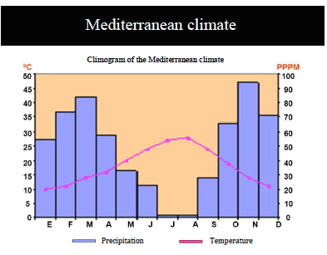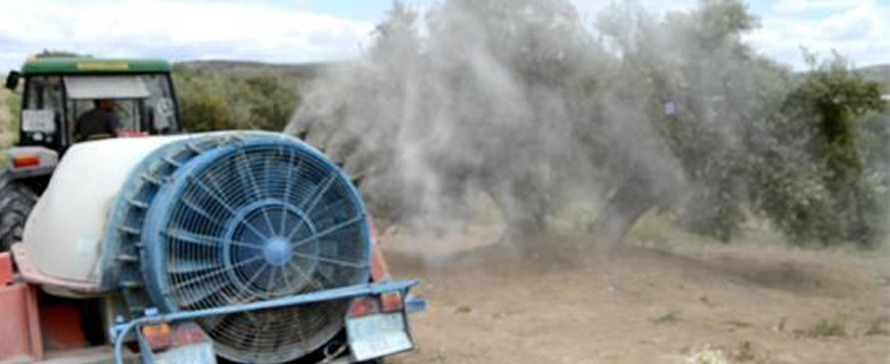Listen to this article
The consequences of weeds and wood in the production of the olive tree can be explained in the following way: in spring, our parcel of land is able to produce a certain quantity of plant biomass.
This plant biomass is formed by sprouts, fruit, and new wood of the olive tree, as well as by weeds. The greater the quantity of weeds and wood, less shoots and fruits. It is that simple. Keep in mind that the size of the shoots will affect not just that year, but also the following year.
Annual herbaceous plants, which most olive grove weeds are, germinate and die within the year. Therefore, their life cycle consists of taking the maximum amount of water and mineral nutrients that they can from the soil to produce the highest number seeds possible, in this way ensuring that, after they die, some of the seeds will germinate the following year.
Most olive grove weeds germinate in the fall and dry up in spring, that is, they live during the wet season, and stay as seeds during the dry, summer season. They take maximum advantage of the water and nutrients of the soil in spring, before summer comes and the soil dries up.
 Therefore, the roots of the anual weeds exhaust the soil of water and mineral nutrients. However, woody plants like the olive tree have to live not just in summer, but also for years and even centuries in the same spot, and so its root system is less aggresive when it comes to taking up nutrients.
Therefore, the roots of the anual weeds exhaust the soil of water and mineral nutrients. However, woody plants like the olive tree have to live not just in summer, but also for years and even centuries in the same spot, and so its root system is less aggresive when it comes to taking up nutrients.
The priniciple we should always keep in mind for understanding the oldest and most important task of the olive grove and farming as well is this: eliminate competition from weeds because these anual plants will always have a greater capacity to absorb soil nutrients than olive trees.
In terms of wood, wood should be controlled once the olive tree has reached a certain age. Before the branches are about as thick as an arm and the bark begins to darken, it is time to consider rejuvenating them.
.png)




